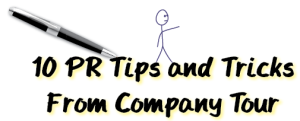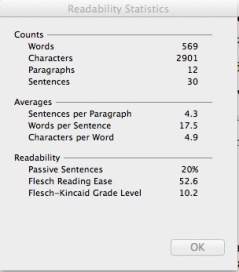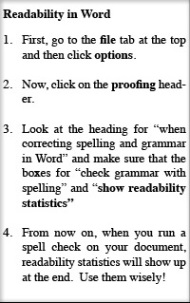By: Regina Volk
 10) Document Everything
10) Document Everything
The first thing you should do is add that you went on PRSSA’s company tour to your resume. It shows that you are taking an initiative in your career and that you care enough about your future to research what you want to do with it!
9) Use the PRSA and PRSSA websites
PRSSA and PRSA have a ton of tips, articles, and job opportunities online. It’s a great resource and it’s at your fingertips. They give you access to this website for a reason, take advantage of it!
8) Stay connected!
You may not always have the answer, but being able to find someone who does will get you far. Staying connected to your contacts will pay off in the real world. You never know where networking can take you.
7) Prepare for Interviews
When contacting the media, always prepare what you are going to say and know exactly who you need to talk to. Don’t waste time by calling and having them connect you to who you should be talking to – that is your job.
6) Keep it Personal
When you have to interview people for media exposure and you’re forced to do so over the phone, make sure to talk to them as if you truly KNOW them. They need to feel comfortable when you talk to them. Don’t let it get awkward.
5) Have a Goal
Set measureable objectives, it’s the best way to see your results. You’ll never be able to see what you’ve accomplished if you aren’t working towards a specific goal. You’re company will want to see the return on what they pay you to do.
4) Research, Research, Research!
Research is the foundation of public relations. Every good PR agency uses research-based strategies for their clients. Get familiar with the logistics of surveys and focus groups. It will never be a waste of time.
3) Social Media is not always Key
Don’t use social media for a client if it doesn’t make sense. If your clients’ audience is not a tech savvy audience, then it wouldn’t make sense to use Facebook and Twitter. Always keep the audience in mind.
2) Follow the Swiss Army Knife Rule
In the past, it was enough to find one skill and be the best at it. This isn’t true anymore. Be like a Swiss Army Knife, have multiple skills that can be implemented in all forms of public relations.
1) Content is King
What you put out there matters. This applies to everything from blog writing, website content, to social media. The key to successful social media is strong content. Fine tune your writing skills. Make sure you have writing samples available when you start applying for jobs!




